Last year on Who Do You Think You Are?, Danny Dyer — EastEnders actor and very possibly Britain’s most cockney man — discovered that he was a direct descendant of Edward III. Luckily, nobody had the heart to tell him that for somebody of English stock the chances of not being are estimated at 0.0000000000000000000000000001 per cent, and Dyer reacted with a memorable mix of excitement, delight and overwhelming pride. Now, in the two-part Danny Dyer’s Right Royal Family, both he and BBC1 are milking his regal lineage for all it’s worth in what might well be the oddest TV show of recent times.
The first stop in Wednesday’s opening episode was ‘a geezer called Anthony’ — or, as he may prefer to be known, the royal genealogist Anthony Adolph, who, immaculate in matching cravat and handkerchief, greeted Dyer with a slightly uncertain ‘lovely to meet you’. Anthony then set up the programme by tracing the Dyer family tree back to Rollo the Viking and recommending a few forebears to investigate further — largely, as it transpired, through the medium of fancy dress. But, wondered Dyer anxiously, ‘Am I an heir to the throne?’ ‘Yes you are,’ replied Anthony with a commendably straight face. ‘It doesn’t stop at ten or 20. It goes on to the hundreds and thousands, and you are there. At some point.’
Suitably reassured, and ‘with scrolls coming out of me earholes’, Dyer set off along the lines suggested, which meant that his first task was ‘to get Vikinged up out of my brain’. To this end, he travelled to some sort of Viking re-enactment village in Sweden where he really did seem to think that he was honouring the inhabitants with a royal visit — pointing out more than once that ‘I’m the king round here’.
From there, it was off to the Tower of London (‘What a gaff!’ he observed admiringly) built by another of his ancestors, William the Conqueror. In a rare moment of historical reflection, Dyer noted that William was ‘a very important king for many reasons’. After that, though, he soon reverted to cockney so esoteric that it sometimes sounded as if he was freestyling it. ‘William was cake-o bake-o, wasn’t he?’ he inquired of one historian. ‘Exactly,’ the historian gamely replied.
And with that, Dyer went off to have ‘a pipe’ at Dover Castle (and well done if you knew that meant ‘a look’). There, dressed as Henry II, he cast a lordly eye from the battlements on to his kingdom below, reminding the medievalist showing him round that ‘I have every right to be here’. Naturally, too, he had a particular understanding of Henry’s impetuosity and intemperance which, thanks to genetics, he’s duly inherited. More challenging was his role as Louis IX, the saintly king of France, processing barefoot — aka ‘trotters off’ — through Paris with the greatest holy relic of them all: Jesus’s crown of thorns. (‘I don’t put this on me nut?’ he checked before setting off.)
There’s no denying that this was all good, if distinctly peculiar fun — and you could certainly argue that a discussion of, say, Louis IX is unlikely to make BBC1 primetime in any other circumstances. Yet, what made the whole thing so especially odd is that it was never clear whether Dyer, the academics he met and even the programme itself were in on the joke.
Meanwhile, in other history-in-fancy-dress news, Back in Time for School (BBC2, Thursday) this week reached the 1960s, where the Midlands pupils and their teachers recreated life in a secondary modern school. Of course, the aim, as one teacher put it, was ‘to see how far we’ve come’ — i.e. how benighted everything used to be before the world was lucky enough to have us. In the event, however, and to the obvious surprise of all involved, the rubbishness of the past was by no means unequivocally proved.
True, things got off to a bad start, with a Christian assembly — where one member of staff claimed not to know ‘Jerusalem’ (which takes some doing, I’d have thought). Nonetheless, the lessons, with their emphasis on practical skills, proved not just enjoyable in themselves — but also raised the heretical possibility that training non-academic children for the jobs they were likely to get wasn’t necessarily evil, or even entirely without value.
Fortunately, that still left plenty to offend modern sensibilities — such as the ‘stereotyping’ that assumed bricklaying was a male preserve and the fact that ‘the vast majority of teachers remained white’. There was also a couple of aspects of 1960s school life that were simply too horrifying to recreate. I’m pretty sure, for example, that bricklaying boys back then wouldn’t have been required to wear protective goggles. And I’m absolutely certain that the staff room would have been a thick fog of tobacco smoke.
Got something to add? Join the discussion and comment below.
Get 10 issues for just $10
Subscribe to The Spectator Australia today for the next 10 magazine issues, plus full online access, for just $10.
You might disagree with half of it, but you’ll enjoy reading all of it. Try your first month for free, then just $2 a week for the remainder of your first year.

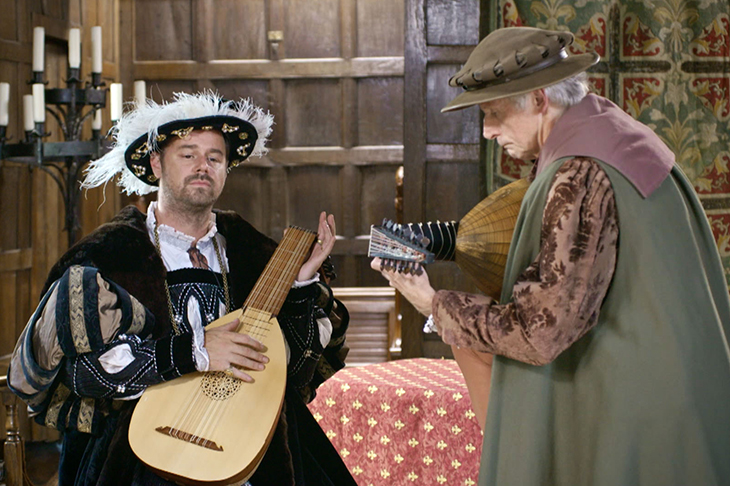

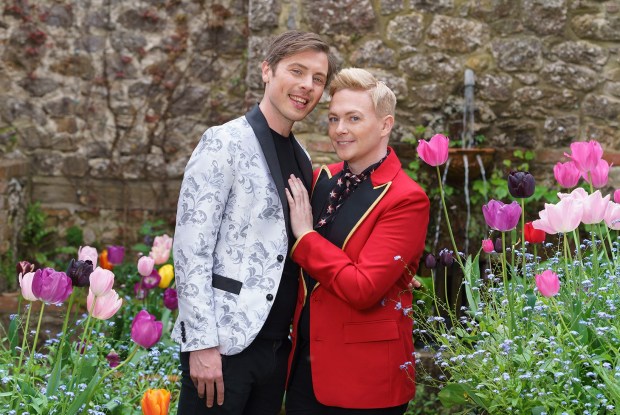
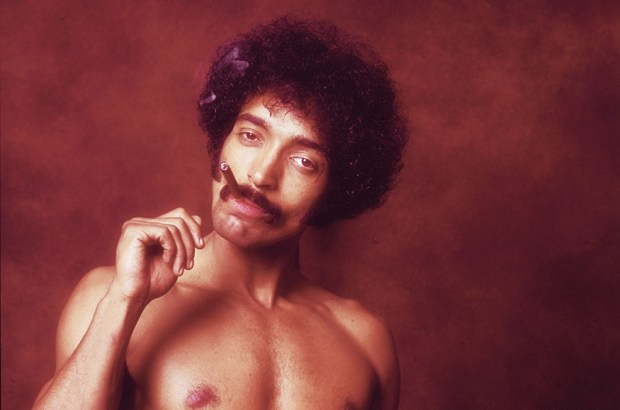
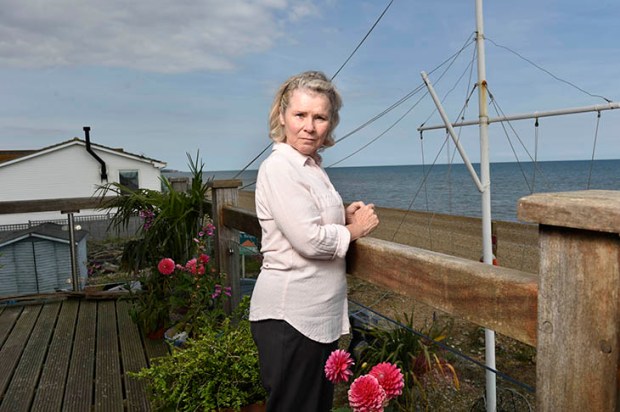
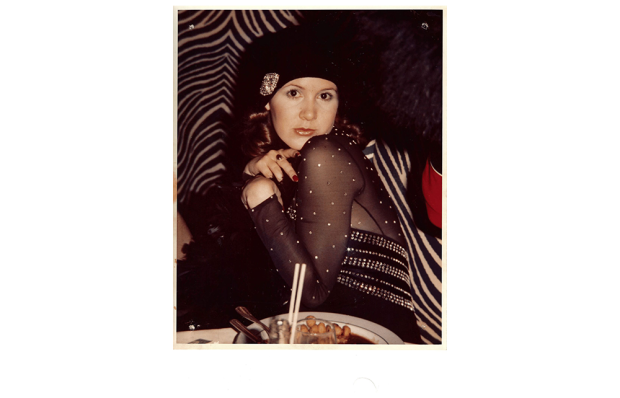
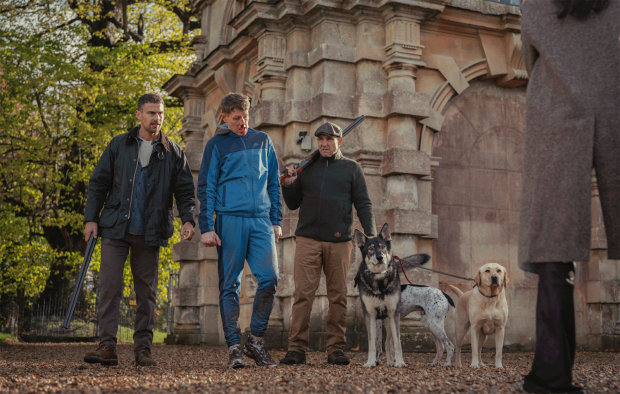






Comments
Don't miss out
Join the conversation with other Spectator Australia readers. Subscribe to leave a comment.
SUBSCRIBEAlready a subscriber? Log in